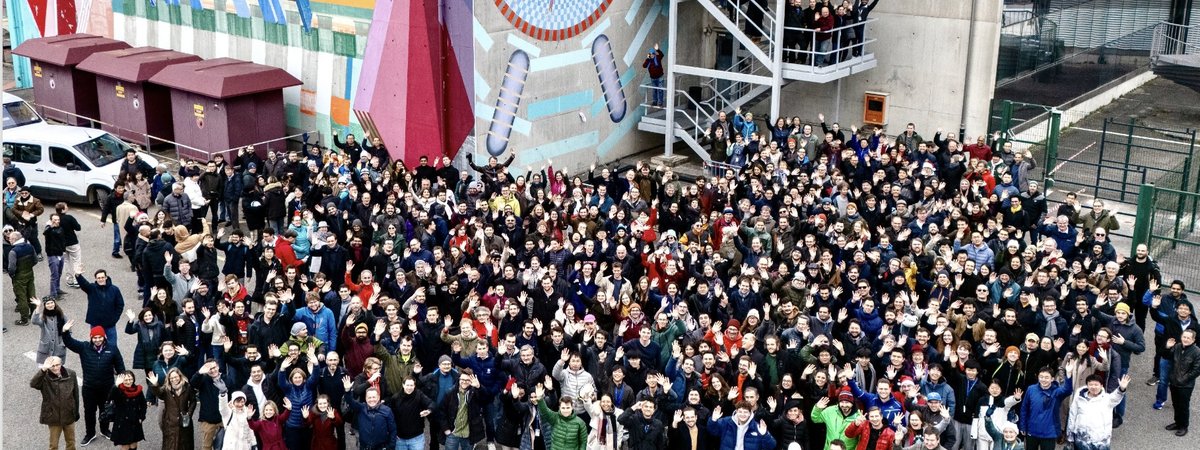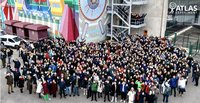Congratulations to the ATLAS team including Miriam Diamond, Nikolina Ilic, Peter Krieger, Bob Orr, Pierre Savard, Pekka Sinervo, Richard Teuscher, William Trischuk, and many other group members for their contributions to the ATLAS experiment at CERN’s LHC. (Congratulations also to Andrew Kubik, Adjunct Professor in our Department, and a member of the CERN CMS experiment!)
They are among the thousands of researchers honoured with the Breakthrough Prize awarded to the ATLAS Collaboration at CERN's Large Hadron Collider (LHC) alongside its sister experiments ALICE, CMS and LHCb.
The Breakthrough Prize specifically highlights the ATLAS Collaboration’s significant contributions to particle physics, including detailed measurements of Higgs boson properties, studies of rare processes and matter-antimatter asymmetry, and the exploration of nature under the most extreme conditions.
The University of Toronto has been at the forefront of ATLAS research since the creation of the collaboration in the early 90s, contributing to:
- Construction and operation of the forward calorimeter, which has played a central role in the Higgs boson discovery and subsequent measurements.
- Development of software and calibration algorithms for the calorimeter and the muon spectrometer systems.
- Leadership roles in detector operations and upgrade efforts, as well as in physics analysis. These leadership roles have included convener positions in the Higgs and Exotics physics groups, the Jets/Etmiss performance group, and service as Physics Coordinator, helping to shape the experiment's scientific direction.
According to ATLAS team member Prof. Pekka Sinevo:
“This prize recognizes a 20-year effort to construct the Large Hadron Collider and the ATLAS and CMS experiments, as well as ten years of data collection and analysis. The U of T team has had a key role in the ATLAS work. They have taken lead roles in uncovering the properties of the still mysterious Higgs boson.”
U of T’s team is deeply involved in preparing ATLAS for its next chapter. They are leading the development of a new all-silicon inner tracker (ITK) for the High-Luminosity LHC, which will increase collision rates tenfold when it begins operation in 2030.


